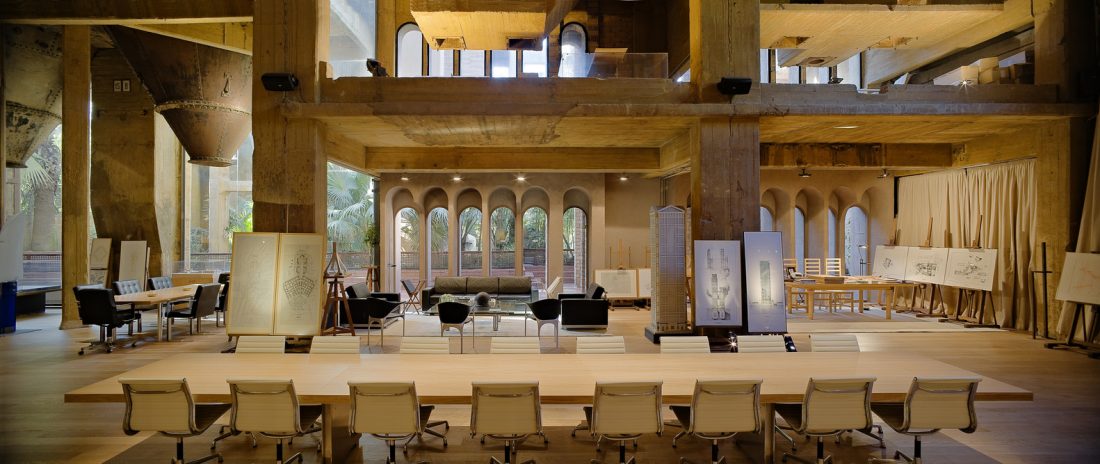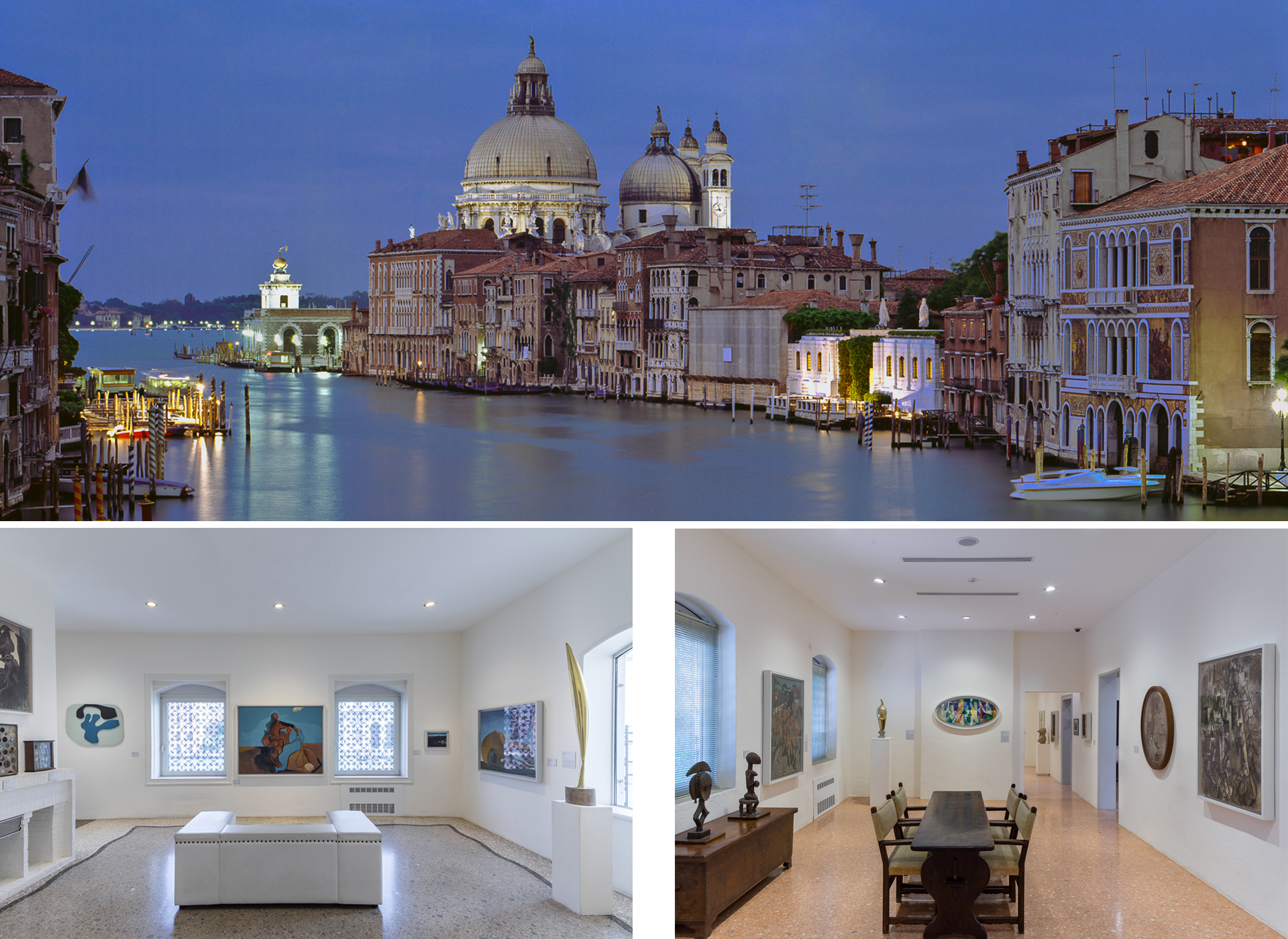
CODE founder Nicholas Blatch shares his design philosophy
Collaboration is at the centre of CODE’s approach to design, but that approach is backed by a set of beliefs around the purpose and impact of design.
Our founder, Nicholas Blatch, answered some questions about the theory that informs the practice.
What do you think design should always accomplish?
It needs to speak many languages, which is precisely what makes it challenging. Having said that, I think it is useful to distinguish between commercial and residential design. The former follows a brief and needs to appeal to more people, and on a more functional, utility driven way. In contrast to that the latter is more of a personal experience, where functional decisions and aesthetic choices are made based on personal preference.
What are some of the emotions you associate with design?
Associating specific emotions to design is subjective. At best design can try to evoke a particular feeling, but there is no guarantee. If the designer gets it right, it will stir something.
What in your opinion is (or should be) the relationship between form and function?
A complex question… Simply though, you cannot forgo the one for the other. Form should follow function and then function should follow form.
How do you rate the importance of details in design?
I like to see design as an art form, with the art element manifesting in the details. The (subtle) details are what evoke the emotion in design.
At what point do you know a design is done?
Design is never done. But one certainly does get to the point where you’re able to say “Ok, I’m happy” and call it a day. On a practical level this is often determined by time constraints – deadlines are very real!
Should design be open to interpretation?
Yes, because it is a subjective experience. A well-executed concept definitely gives rise to interpretation.
What is the main function of design?
To meet the brief.
Is design a toolkit or a process?
A process. Without a doubt. And you have to embrace and love the process in order to design well. Formulating the concept is what will always drive the process.
Is design and aesthetics the same thing?
The aesthetic embodies the design.
Is design something you see or feel?
I think design can make one feel something. Of course you can see and feel it physically, but once you start exploring and utilising the design it becomes more of a feeling… an experience.
Can you give three examples of designs you really like/admire?
Ricardo Bofill’s The Factory near Barcelona, Spain. Architecturally it’s wonderful, but the restoring and repurposing of the structure is just phenomenal. The interiors are just amazing. Take a look at some of the photos.

The Peggy Guggenheim Museum in Venice. One of the things I love about this space is that in Venice you’re surrounded by Renaissance architecture and then you suddenly find yourself in a space filled with modern and contemporary art and design. And this was Peggy Guggenheim’s home for about 30 years. It’s all so unbelievably inspiring.

Peggy Guggenheim Museum. Photos by David Heald.
Fashion designer Azzedine Alaïa. I love his structural forms, his manipulation of material and his manufacturing process (particularly the stitching). It all adds wonderfully to his designs.

What drives you to keep designing?
The desire to create something new, something nobody has seen before.
Image references:
https://www.archdaily.com/294077/the-factory-ricardo-bofill/50a47fbeb3fc4b263f00001c-the-factory-ricardo-bofill-photo
http://www.davidhealdstudio.com/museums/
https://www.vogue.com/article/azzedine-alaia-je-suis-couturier

